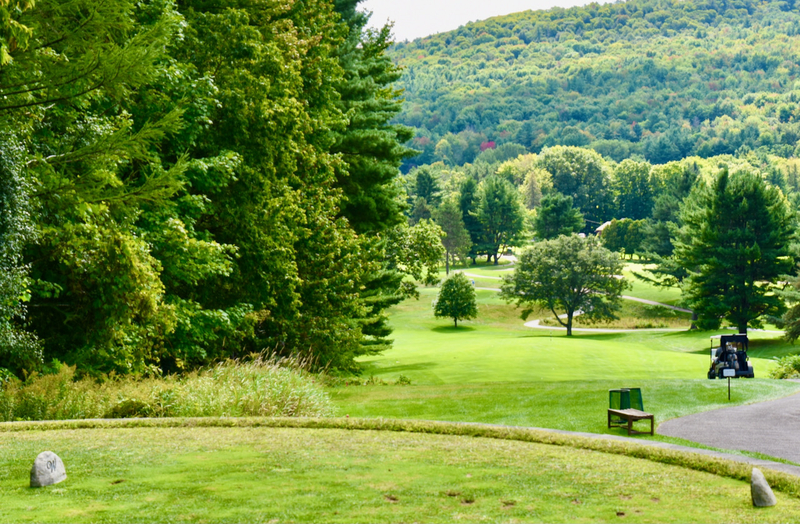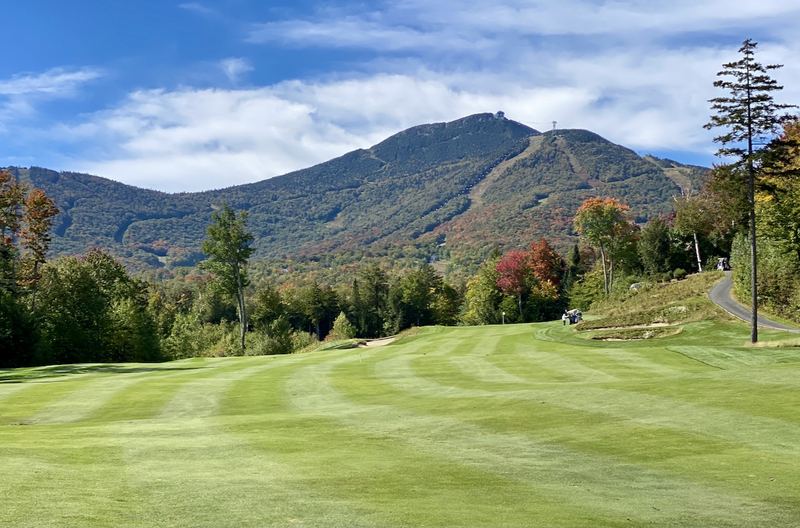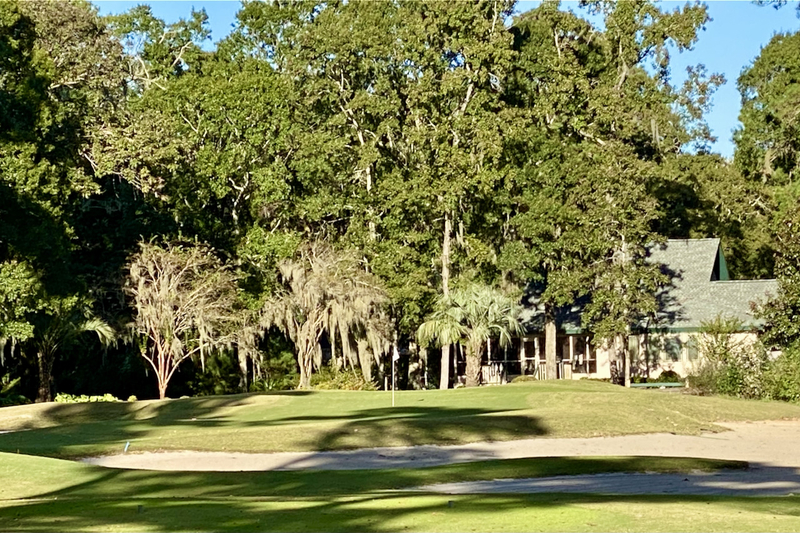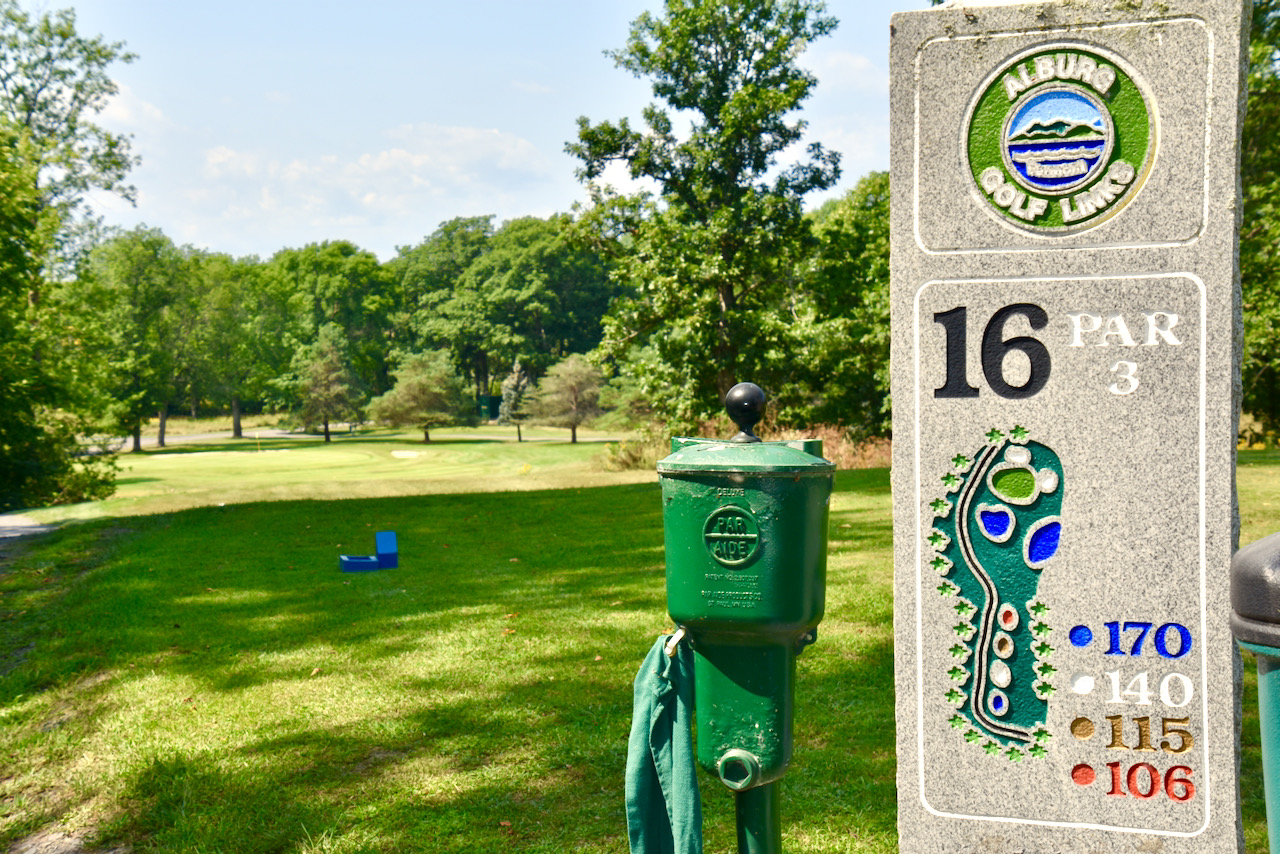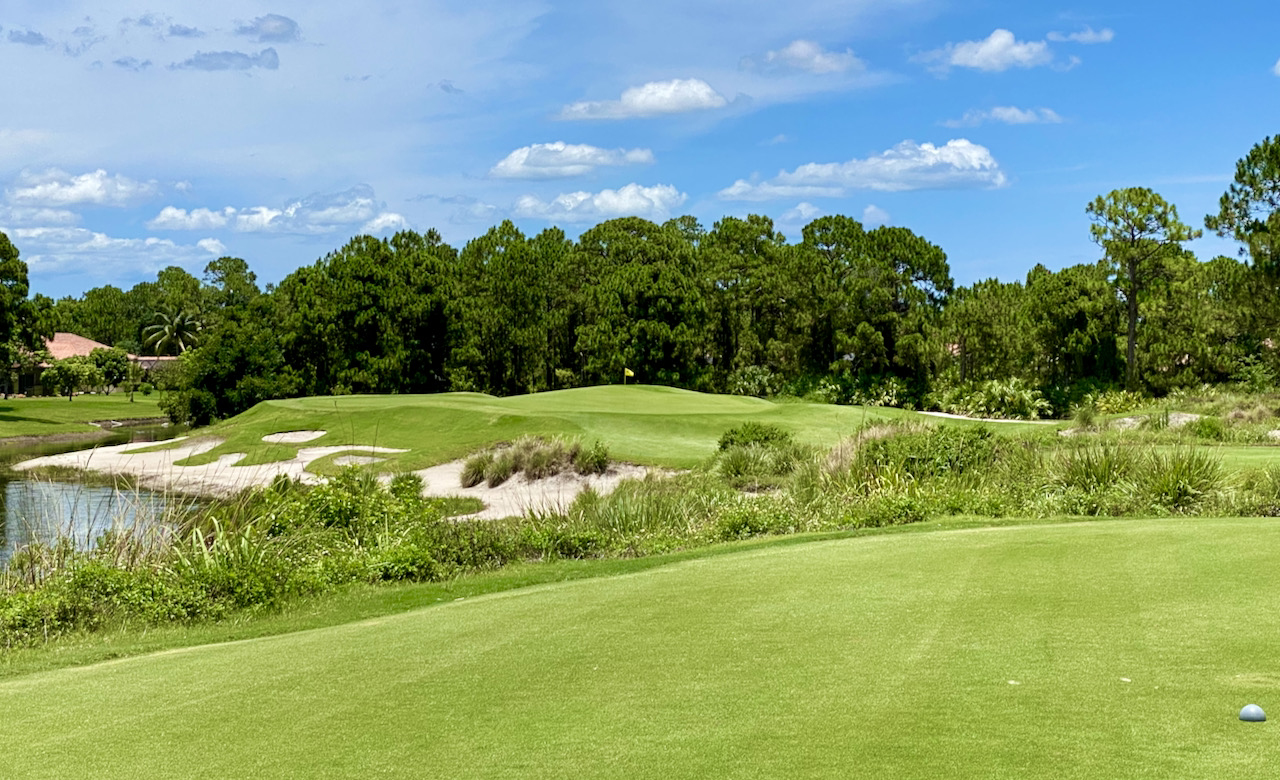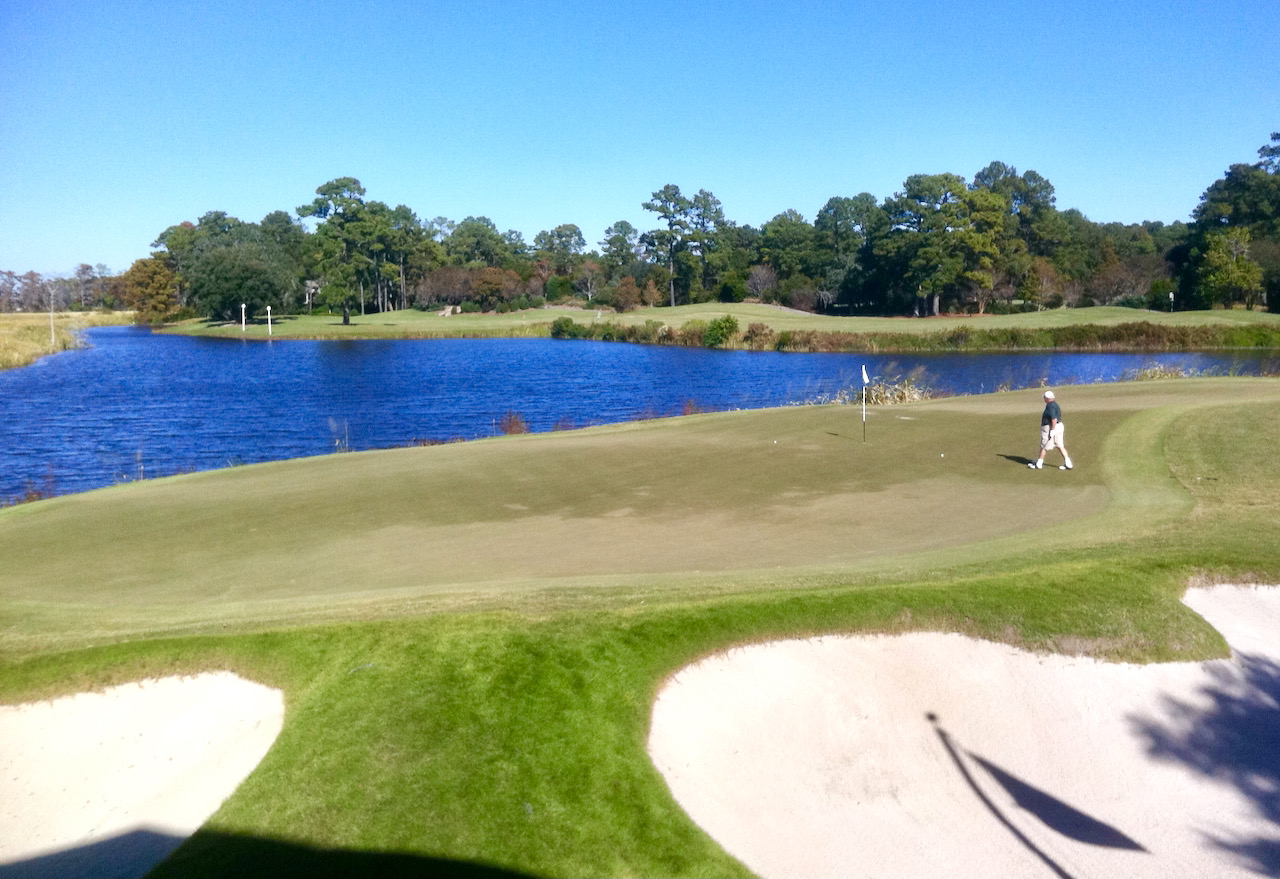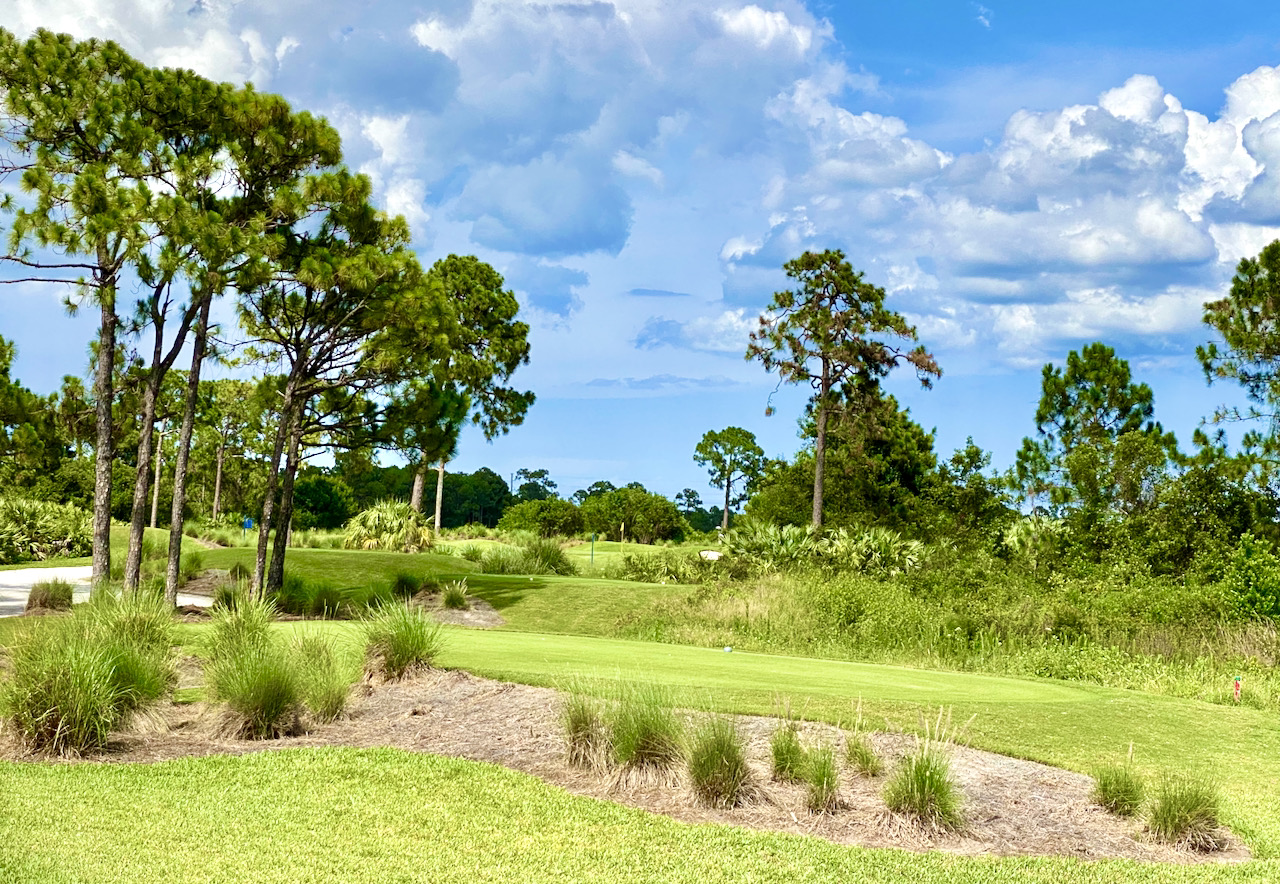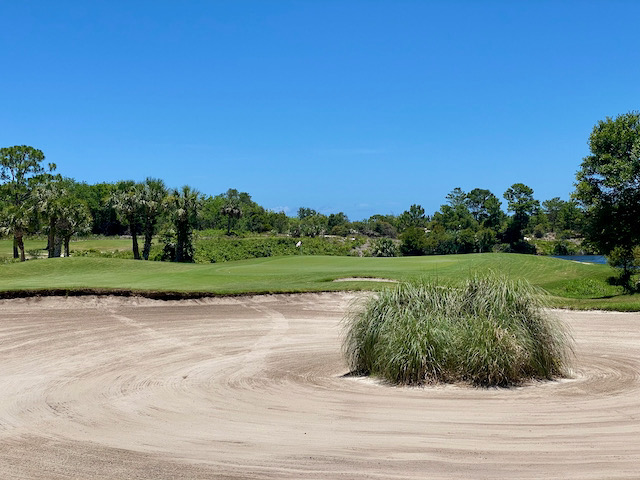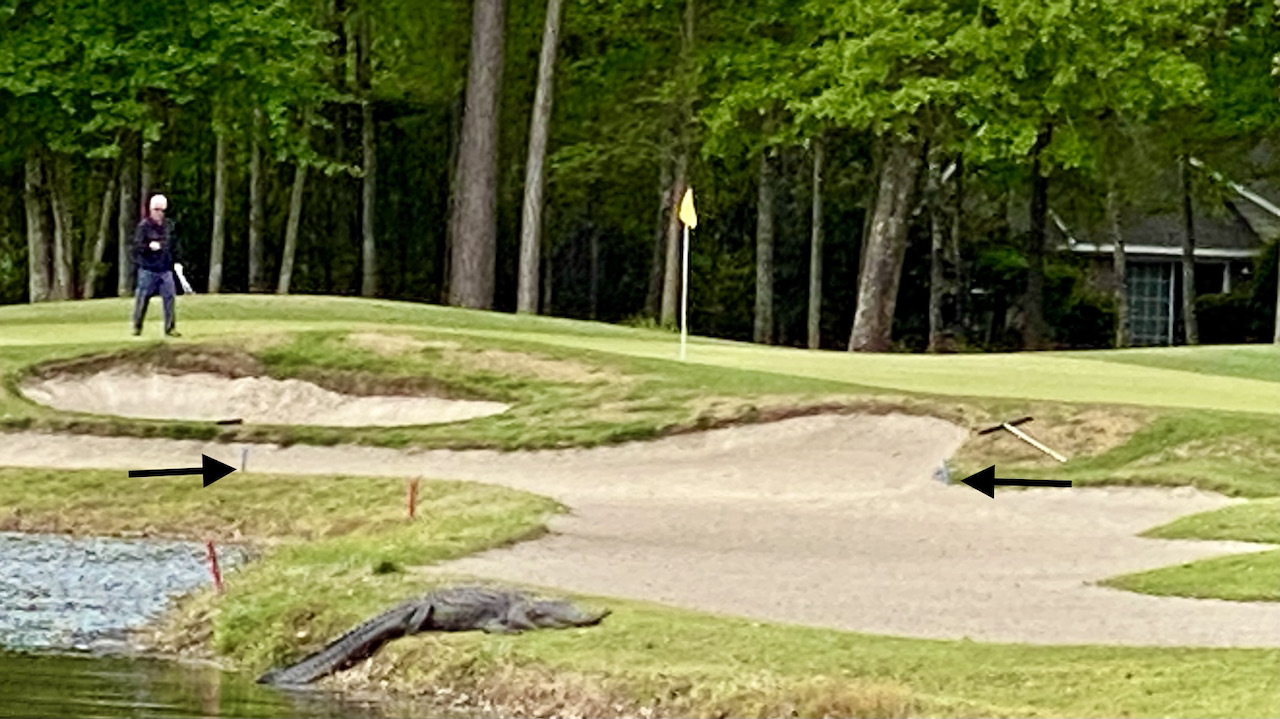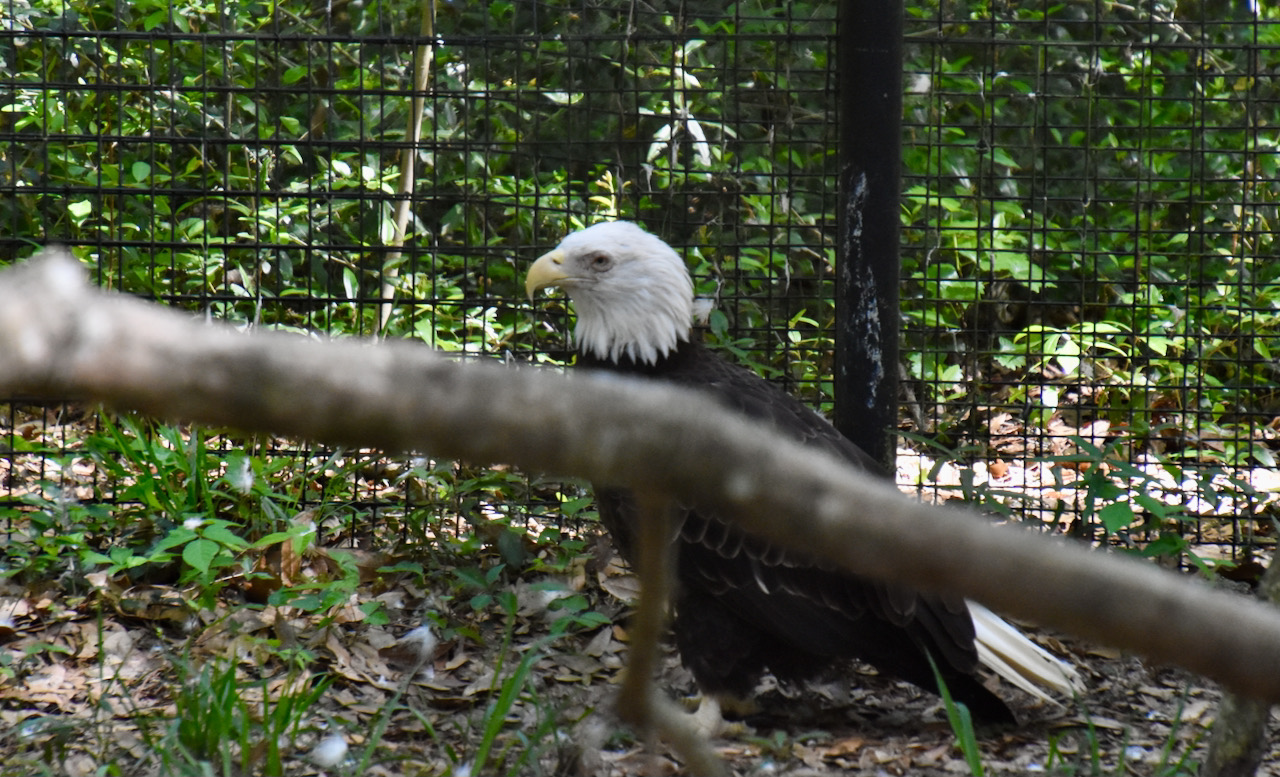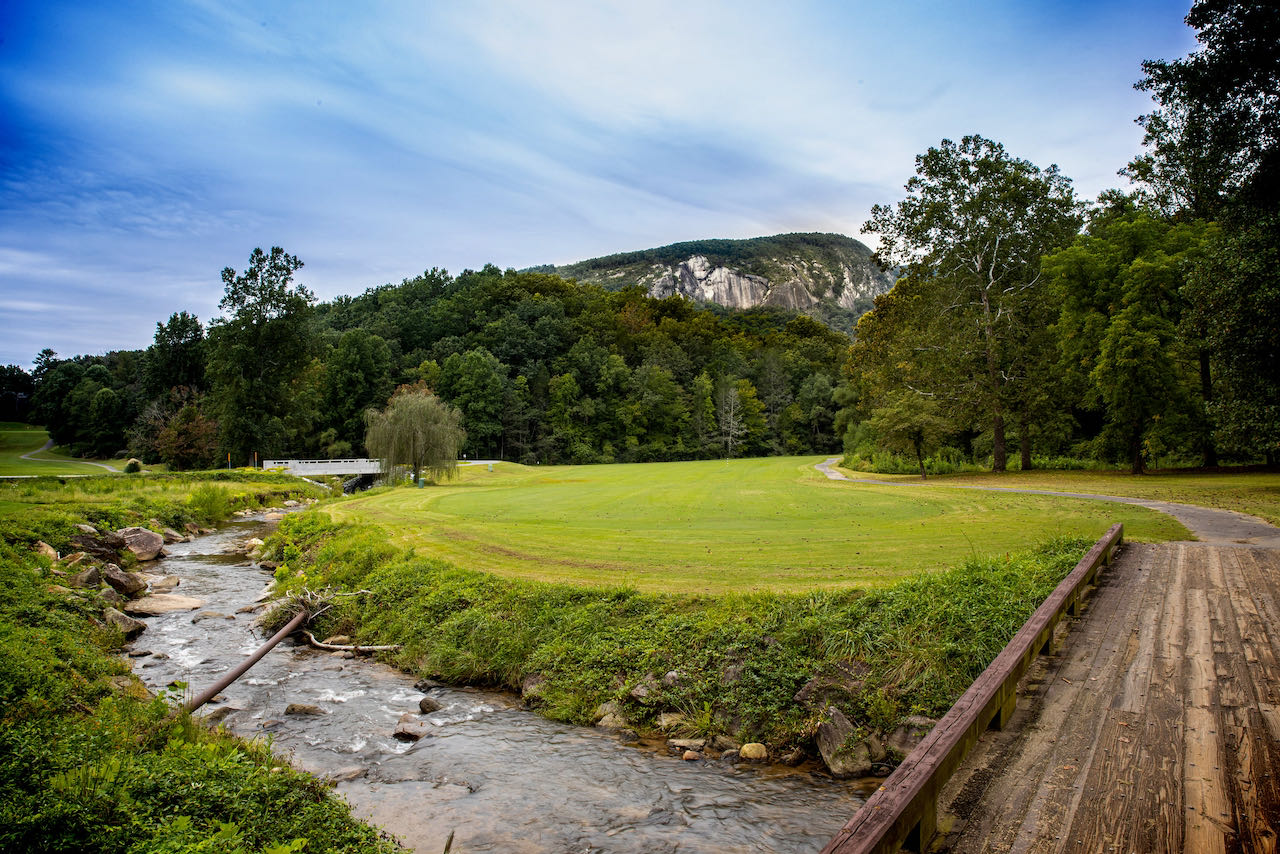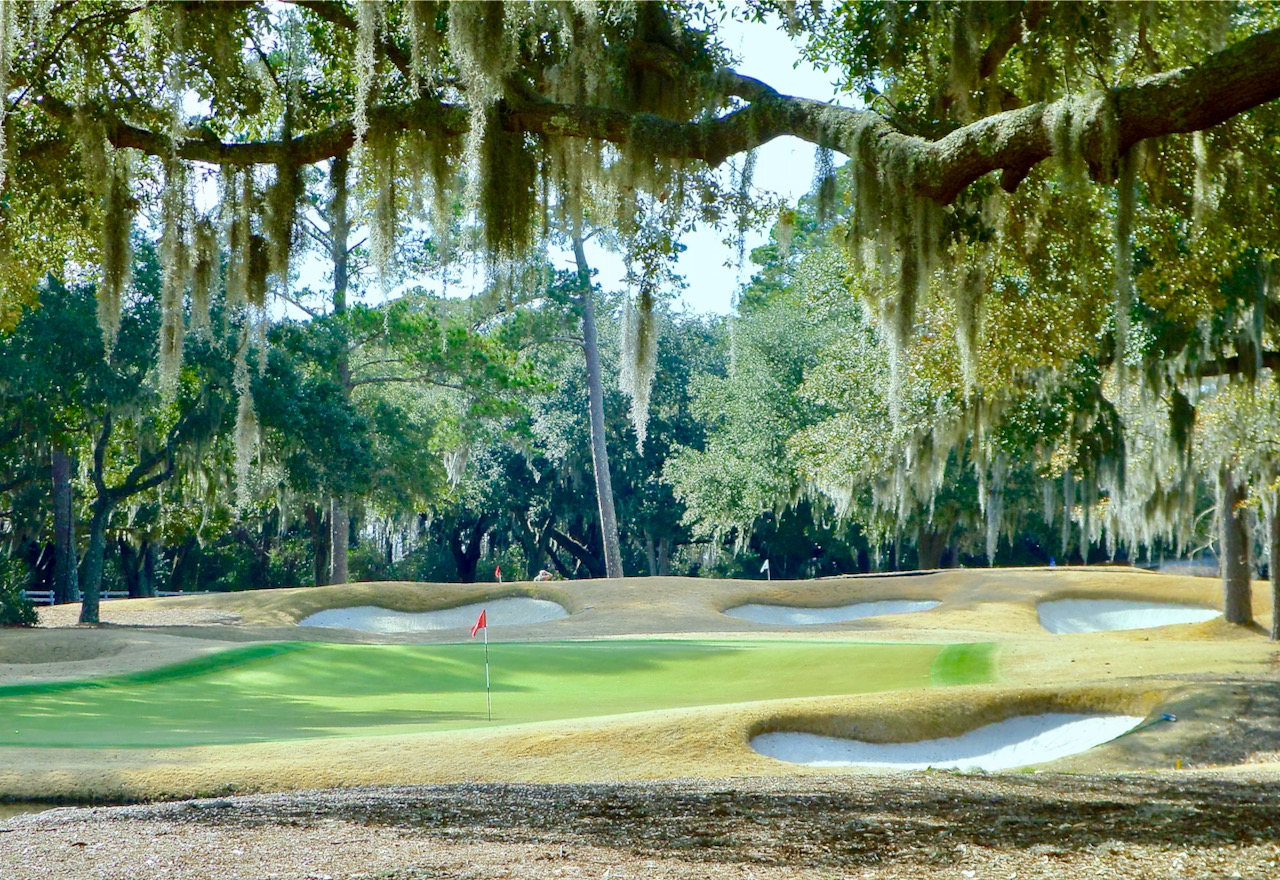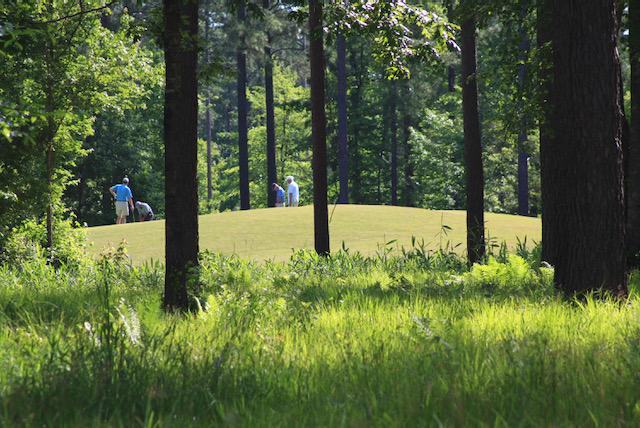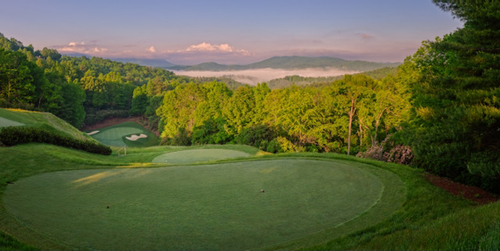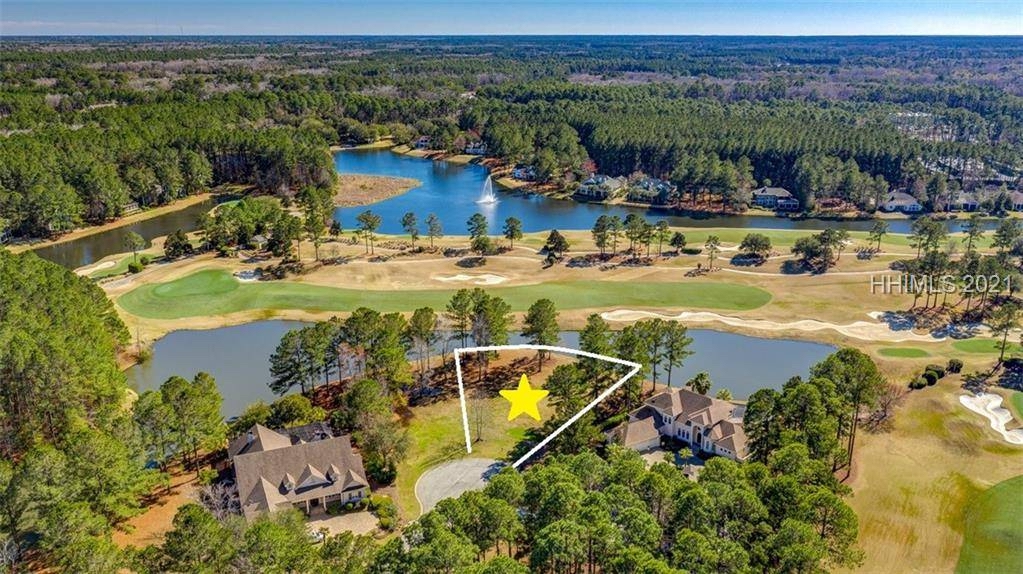My brother forwarded to me an article from the BBC (British Broadcasting System) on a tired subject, the state of the golf industry. Under the heading
“Global Golf Industry Facing Challenges” (there’s news), reporter Bill Wilson cites the over-inventory of golf courses in the U.S. and elsewhere, including Japan. It recalled for me a train ride from Tokyo to Osaka many years ago with a business colleague from our company’s Tokyo office. I noticed him reading a golf magazine and asked if he played, knowing from reports that golf courses in the early 1990s were relatively few in Japan and that memberships ran as high as $1 million.
“I play every Saturday at a course six hours [by train] from my home,” he told me. I asked how long he spent on the golf course. “About six hours,” he said matter of factly, “but that includes a stop for lunch.”
The point of my story is that the Japanese love golf and
It is not uncommon for golf mad Japanese to travel six hours on their days off to play golf at a public facility.
will go to extraordinary measures to play, even if it means just driving golf balls from their famous triple-decker practice facilities. That is why I found the BBC reference to Japan as a “saturated market” surprising. A chart that accompanies the article indicates that 27 million Japanese are “interested” in golf (23% of the country’s 127 million). That amounts to about 12,350 Japanese for each of the nation’s 2,400 golf courses. Even if just one-third of those interested in golf actually play, a ratio similar to the one in the U.S., that hardly constitutes over-saturation.
The United States, by the way, owns more than half the world’s golf courses (more than 18,000) and half the players, around 26 million who tee it up at least once annually. By the numbers, that amounts to 1,444 golfers per course. There is still some shake out to come in the golf industry, but the data imply that the golf clubs that survive will have some numbers on their side. The key for each course will be to market and advertise so well that golfers will be willing to travel a few extra hours for the experience.
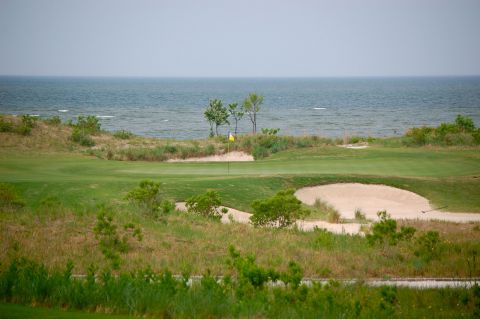
Metropolitan New York City golfers can be on the first tee at one of the golf courses at Bay Creek in Cape Charles, VA, in about six hours, the time many Japanese routinely spend in traveling to a golf course. Make a long weekend of it by staying in one of Bay Creek’s comfortable condo units, large enough for a foursome or family. The Arnold Palmer and Jack Nicklaus 18s (#4 green on the Nicklaus course shown above) are both sleek and challenging, thanks to the prevailing winds off the beautiful Chesapeake Bay.








